This week's assignment was to create something out of composite materials. We were provide a two part epoxy/resin and the choice of burlap or linen as our fiber structure. The benefit of composite materials is that you can get high strength and stiffness with relatively low weight.
Let me just start by saying that this week's project was a complete failure for me. But I will outline what I did to hopefully help other people to avoid making the same mistakes. I attempted to make a cellphone cover for the iPhone 5 using the linen material. First I made a mock up of an iPhone in Solidworks using dimensions that I found on Apple's website. Surprisingly, even though the technical drawings provided were very detailed, they were missing one critical dimension -- the radius of the corners. I googled it and found that other people had run into the same problem and suggested using 9.5 mm as an approximate value for the radius. Next I used PartWorks 3D to make 3D toolpaths. I was using 12mm MDF as my material, so I toyed with the cutting plane and depth of the model in order to cut out a piece that was the correct thickness. Then I used the Shopbot to cut out the part. I left .1 mm of material at the bottom so there was a little flash when it came out

I removed the flash using a sanding block. I injured my arm last week so the picture below shows how you sand when you only have one hand, FYI.
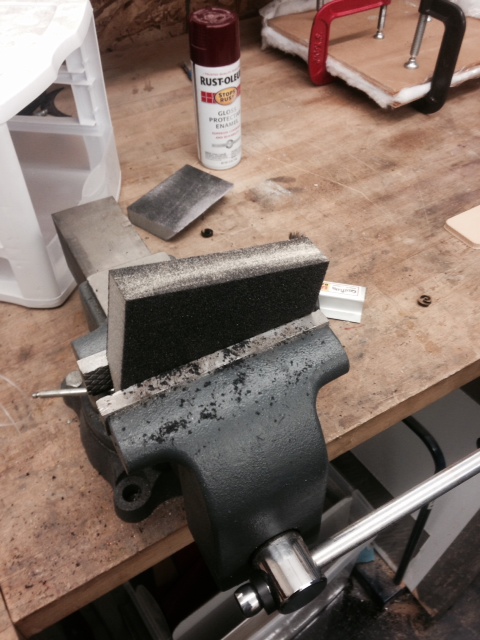
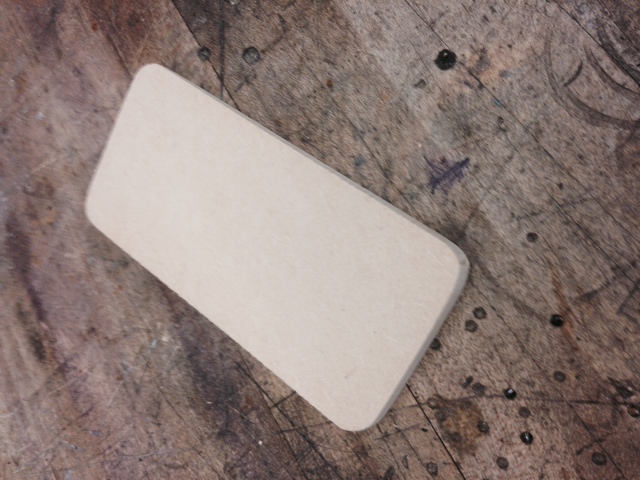
Next comes the most critical part, and probably the part where I made the biggest mistakes. To prepare the composite materials, I cut rectangles out of the thin linen material. I wanted the case to be very thin so I only used 2 plies, which as you will see was probably a bad idea. I mixed 2 parts clear resin with 1 part hardener and applied to the 2 plies with a popscicle stick. I then tried to wrap the linen plies around the MDF model (which was difficult because of the curvature), apply bleeder and breather, and stuff the whole thing into a ziploc bag quickly before it could unravel. It didn't work. I pulled a vacuum on the bag and left it at -30 mmHg overnight.
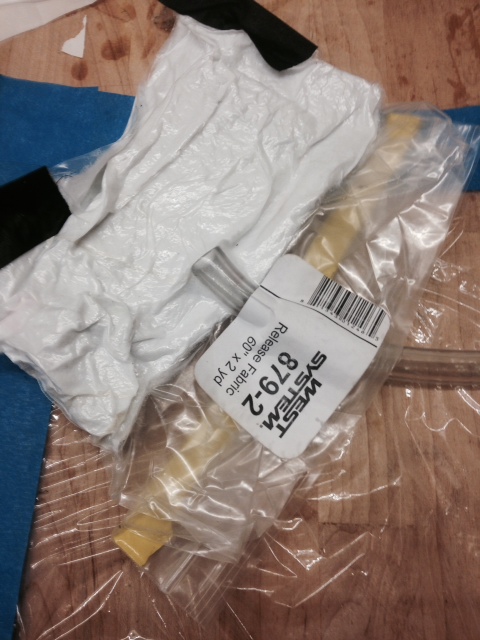
After letting it cure for 24 hours, I removed the part from the bag and found that I had pretty much a flimsy, creased nothing.
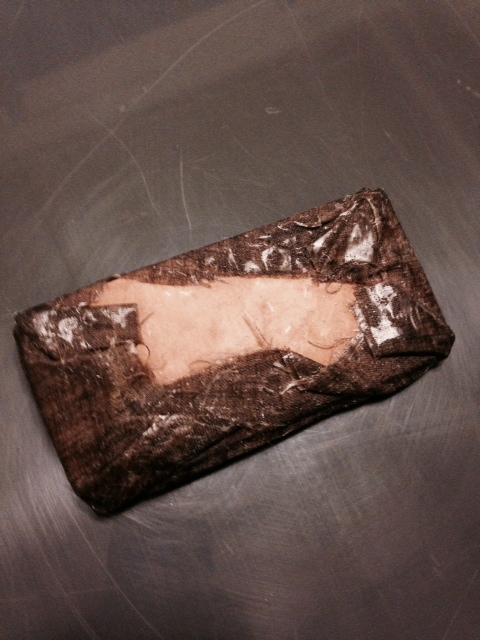

I had planned to use a dremmel to cut off the extra edges and remove the MDF so the edges weren't all that important anyway. But the whole material was so flimsy, i could just peel it off of the MDF and it wasn't worth doing any post-processing.
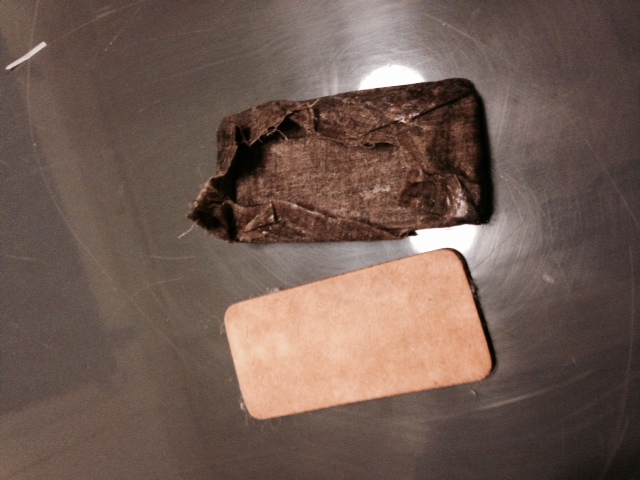
I guess I should have used more plies to give it more stiffness and strength. Also, the surface finish was pretty terrible, probably due to creases in the material and the bleeder. To do this right, I would suggest more careful planning of the ply shape so that they can fit around the mold better.
Home